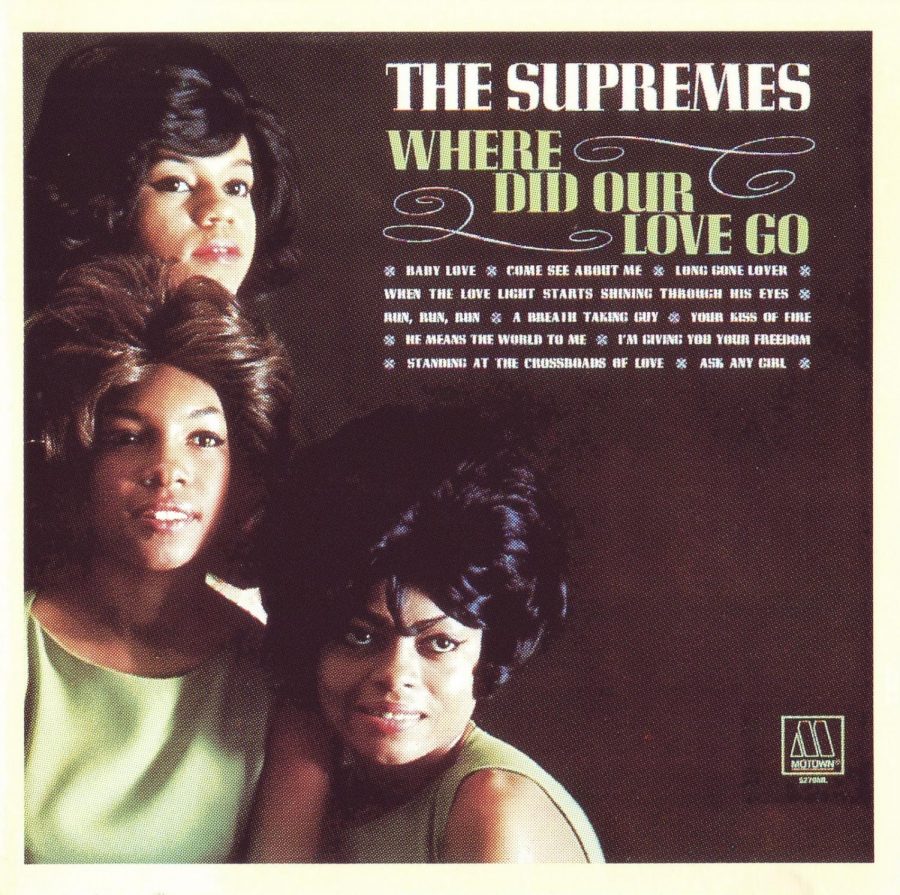The Supremes’ profound effect on popular music
The group’s influence on music as a whole can be felt throughout our modern times.
February 17, 2021
With the death of Mary Wilson, one of the co-founders of the soulful supergroup “The Supremes,” American pop-culture media has been reflecting on the influence of this very popular Motown group on music as a whole. Motown had a profound impact on pushing Black music further into the collective consciousness of society, as well as normalizing Black artists as bonafide celebrities.

The Supremes were originally known as “The Primettes,” and were a quartet composed of Mary Wilson, Diana Ross, Florence Ballard and Betty McGlown. The girls met when they were 15 years old, and through neighborhood connections found themselves doing backup vocals on more established Motown singers’ records. Eventually, Barbara Martin replaced McGlown and thus, The Supremes were born in 1961. Signed to Motown Records, the group would rival The Beatles in popularity. They were the first American group to have three number one hits from the same album: ‘Where Did Our Love Go’, ‘Baby Love’ and ‘Come See About Me’.

Even though The Supremes would have ten total members over the years — Ross’s sudden solo career and other factors would push the group in many different directions — the group managed to stay relevant in popular culture in a way most Motown artists would have killed for. Part of it was their glamorous image —the sparkly beaded and crystal-covered dresses, big hair turned up to eleven and their ballroom queen aesthetic, pushed by the marketing genius and Motown founder known as Berry Gordy Jr.
The movements of later Disco, 80’s funk and R&B would be shaped by The Supremes. From Beyoncé to Kelly Rowland to The Pussycat Dolls, in a world where Black women, and all women of color, are not always given the opportunity to shine as brightly as they deserve, The Supremes inspired new generations of songwriters to see themselves as the stars of their own artistic galaxies.
Black girl groups modeled after The Supremes would see a surge in popularity. Both TLC and Destiny’s Child were seen as worthy successors that pushed for a more modern take on R&B. Thanks to this constant evolution of Black art, the 2010’s have seen the rise of female rappers to heights that were once thought unachievable. The Supremes broke the glass ceiling and allowed many talented Black women to follow them to the upper echelons of fame and acclaim in America’s music industry.





